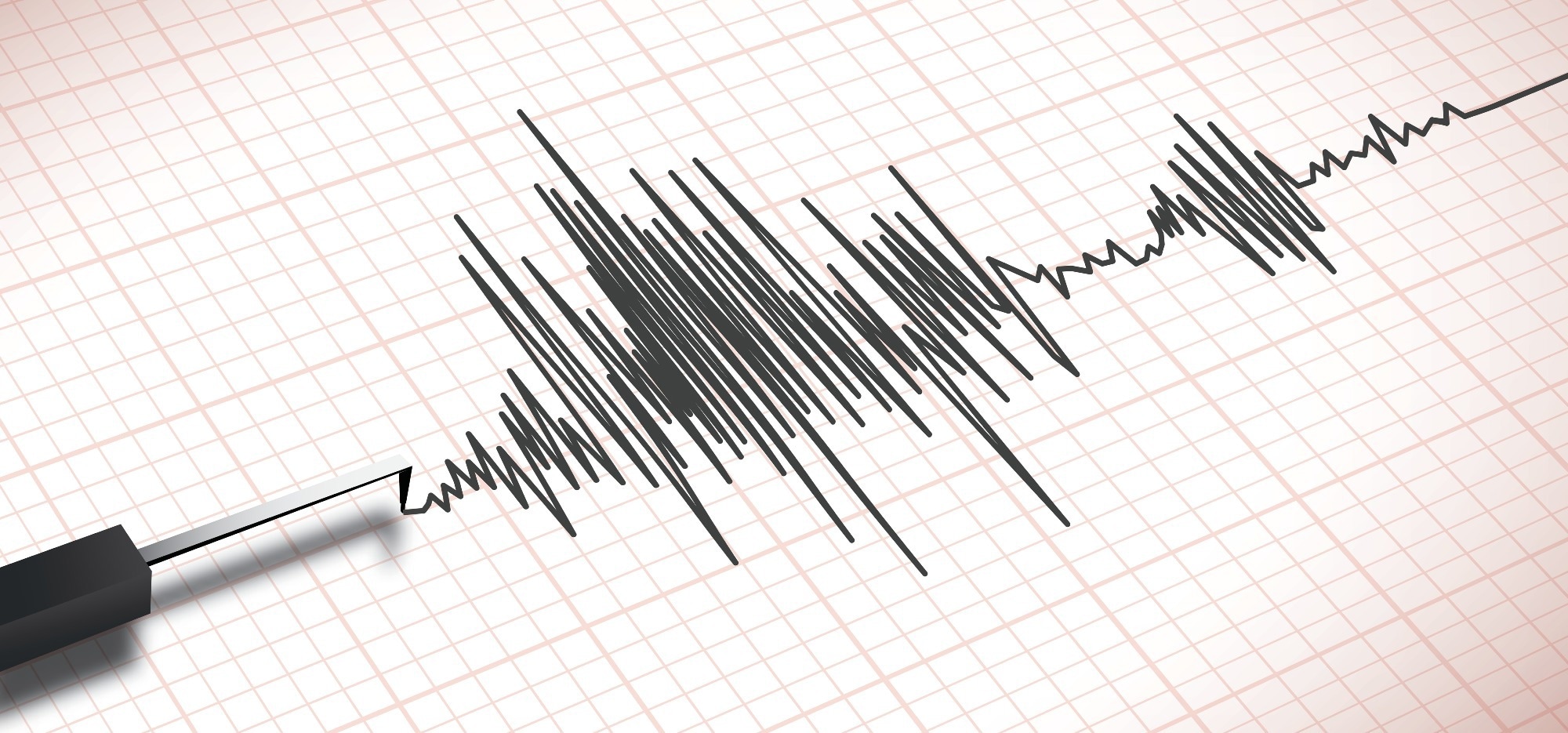A breakthrough AI model trained on unlabeled seismic data promises to revolutionize earthquake monitoring, turning everyday fiber-optic cables into a dense, global seismic intelligence network.

Image Credit: PeamDesign / Shutterstock
The Rise of Distributed Acoustic Sensing
Seismology is undergoing significant change with the rise of Distributed Acoustic Sensing (DAS). This fast-growing technology leverages existing fiber-optic cables, including those used for the Internet, into ultra-dense seismic networks with meter-scale sensor spacing. DAS provides a scalable and cost-effective way to monitor earthquakes from local to global scales, but it also poses a pressing challenge: the massive volume of data produced outpaces human capacity to analyze. For example, manually labeling earthquake signals is impractical at such scales. This 'labeled data bottleneck' has hindered the use of supervised learning models and prevents DAS from reaching its full potential in earthquake monitoring.
Introducing DASFormer
A collaborative team from the University of Montreal, Woods Hole Oceanographic Institution, and UC Berkeley has developed a novel model, DASFormer, that learns to monitor earthquakes from continuous DAS data autonomously, effectively serving as an 'artificial seismologist'. Published in the journal Visual Intelligence, the study introduces a self-supervised pretraining framework that can interpret earthquake signals by identifying anomalies without being told in advance what an earthquake looks like. This represents a transformative advance from a labor-intensive, human-dependent process to one that is automated, intelligent, and scalable.
How DASFormer Learns Without Labels
How does DASFormer learn without labels? It acts as a forecaster, first learning to predict the 'normal' state of the world. The model trains itself on massive, unlabeled DAS datasets, learning the predictable spatiotemporal patterns of background signals such as traffic vibrations or environmental noise. When an earthquake occurs, its P- and S-phases appear as sharp, unpredictable anomalies that defy the model's predictions learned. By flagging these deviations, DASFormer effectively turns earthquake detection into an anomaly detection task. This is made possible by a two-stage, coarse-to-fine framework built upon the Swin U-Net and Convolutional U-Net architectures, which simultaneously capture both the high-level context and fine-grained details of the DAS data.
Benchmarking and Results
To validate its effectiveness, DASFormer was evaluated on a real-world DAS dataset from Ridgecrest, California, and benchmarked against 22 state-of-the-art forecasting and anomaly detection models. DASFormer achieved the highest performance across all evaluation metrics, with a peak ROC-AUC of 0.906 and an F1 score of 0.565, demonstrating its clear superiority.
Expert Insights
"Rather than being limited by the time-consuming process of human annotation, DASFormer represents a seismic shift in how we approach earthquake monitoring with DAS", said Bang Liu, the team leader of the study. "We now have a scalable and powerful tool that can keep pace with the flood of DAS data, paving the way for new possibilities in earthquake science", added Zhichao Shen, one of the corresponding authors.
Applications and Future Potential
The potential applications of this study are wide-ranging. The model has shown an ability to generalize across distinct environments, such as seafloor cables, highlighting its promise for use in logistically challenging settings. This versatility suggests that DASFormer could serve as a plug-and-play tool for various global seismic monitoring applications. The study also demonstrates the model's potential for fine-tuning in downstream tasks, such as earthquake early warning. Ultimately, the goal is to leverage this self-supervised approach to build a foundation model for seismic intelligence, a robust system capable of learning from vast, unlabeled datasets to deliver automated, accurate, and scalable monitoring. Such advances could significantly enhance public safety and our understanding of earthquake physics.
Funding
This work was supported by the Canada CIFAR AI Chair Program and the Canada NSERC Discovery Grant (RGPIN-2021-03115).
Source:
Journal reference: